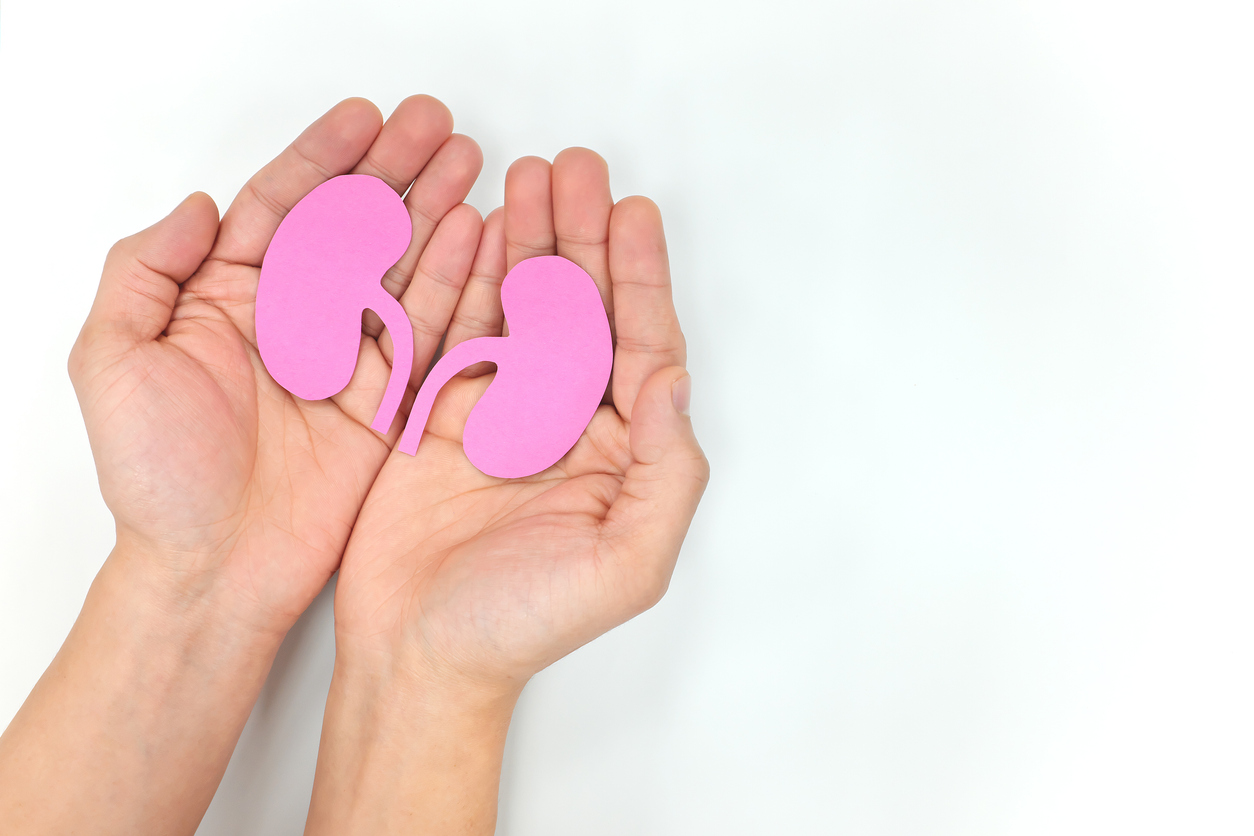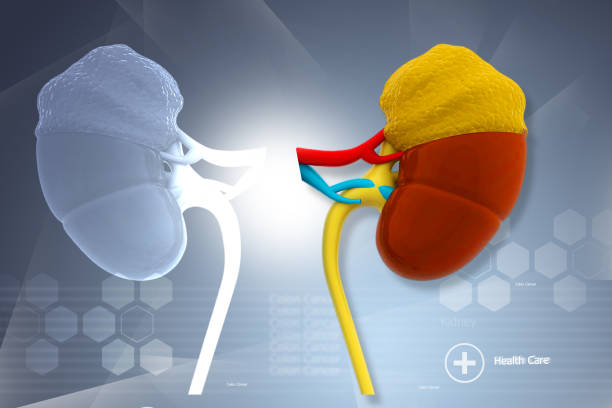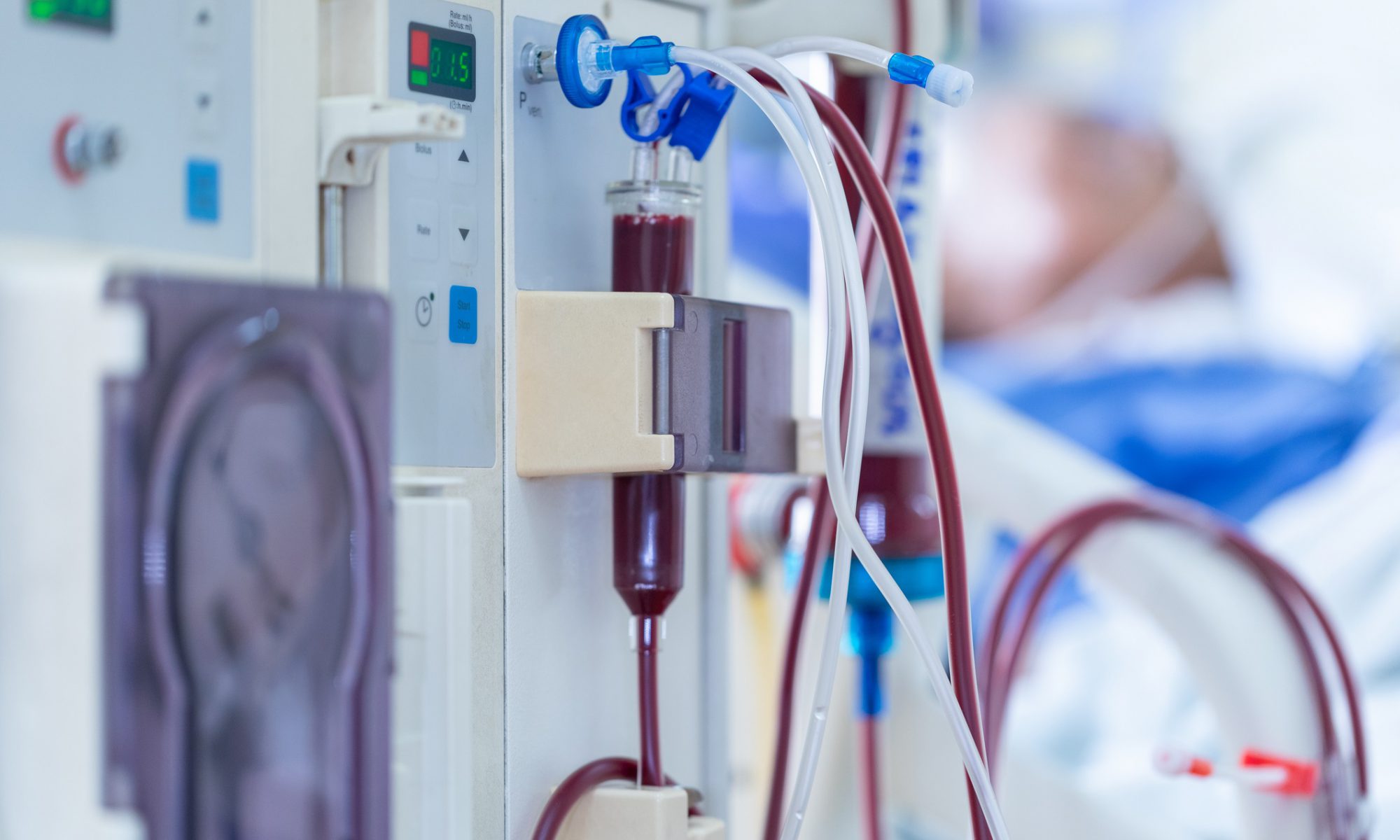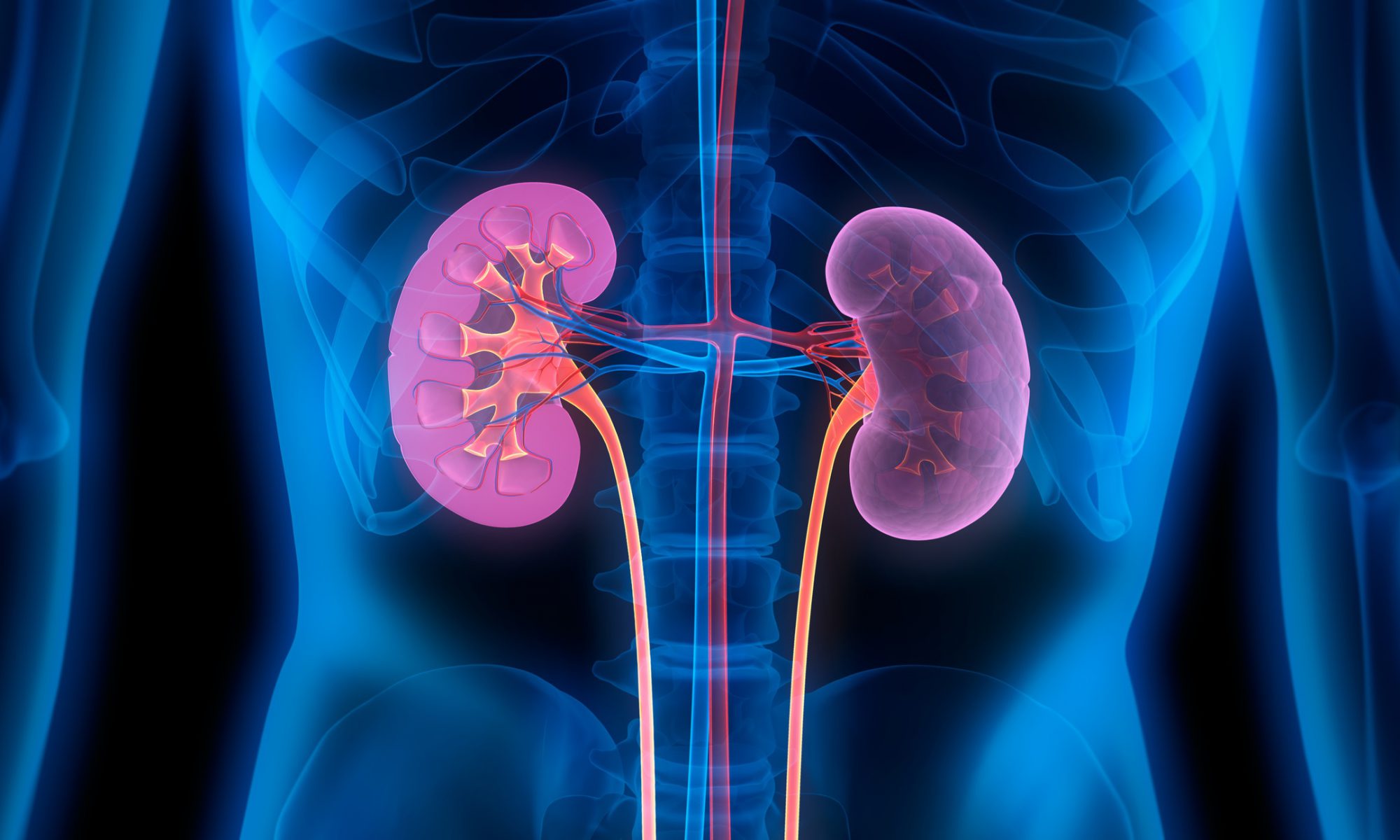Oct. 18, 2022 – On a warm summer day in June, Amy Nadel sat in a waiting room at Johns Hopkins as one of her children was coming out of the operating room and another was preparing go in. And in a similar room in another part of the hospital, another family was sitting through the same thing. They were linked not by coincidence, but by one life-saving thing they were about to trade: kidneys. Read the full story in WedMD.
Infections and Kidney Transplant Patients: What to Know
Undergoing any surgery puts you at greater risk for infection. But with kidney transplants, you are often at even higher risk of infection from a range of viruses and bacteria, known as pathogens, because the medications you take afterward affect your immune system.
“Medications suppress your immune system so you will not reject the new kidney,” says Nikhil Agrawal, MD, a nephrologist at Beth Israel Deaconess Medical Center in Boston. “This makes it harder for your body to fight off a viral or bacterial infection.”
Read the full story on CareDx.com.
Kidney Transplants Prolong Survival Regardless of Age
Transplant-eligible patients with kidney failure should not be denied a kidney transplant based on their age, according to investigators in Austria.
They based that conclusion on a study of 4445 patients on a kidney transplant waiting list for their first single-organ deceased-donor kidney. Of these, 3621 (81.5%) received a kidney transplant and 1392 (31.3%) died. Read more in Renal & Urology News.
Kidney Transplant Provides Greater Benefit Than Long-Term Dialysis for Patients With Kidney Failure
Although survival benefits for patients who received a kidney transplant varied, the benefits of kidney transplants were greater for all patients when compared with long-term dialysis.
All patients who are eligible for a kidney transplant should be able to participate in a transplant program because receiving a kidney transplant was demonstrated to be associated with increased survival compared to long-term dialysis, according to the authors of a recent study published in JAMA Network Open. The study is considered a pioneer in quantifying survival benefit through the use of restricted mean survival time (RMST). Read the full story in Pharmacy Times.
Study investigates the link between protein intake and skeletal muscle mass in kidney transplant recipients
Conventional wisdom holds that low protein intake is essential for kidney disease patients. However, scientists from Osaka Metropolitan University demonstrated that it might not always be the case with their recent study on the relationship between protein intake and skeletal muscle mass in kidney transplant recipients. Their findings were published in Clinical Nutrition. Read more in News Medical Life Sciences.
New strategies to improve clinical outcomes for diabetic kidney disease
Abstract
Background
Diabetic kidney disease (DKD), the most common cause of kidney failure and end-stage kidney disease worldwide, will develop in almost half of all people with type 2 diabetes. With the incidence of type 2 diabetes continuing to increase, early detection and management of DKD is of great clinical importance. Read this abstract in its entirety on BMC Medicine.
Post-Transplant Diabetes Can Be Predicted in Kidney Recipients
Researchers published the study covered in this summary on Research Square and it has not yet been peer reviewed.
Key Takeaways
- A retrospective, case-control study of kidney transplant recipients in China identified that a combination of the following parameters can predict post-transplant diabetes mellitus (PTDM) diagnosed after 45 days:
- Family history of diabetes mellitus.
- Standard deviation of fasting plasma glucose when values are fluctuating (day 3 to day 11 post-transplant).
- Maximum fasting plasma glucose when values have stabilized (week 3 to week 6 post-transplant).
Read the full story in MedScape.
Young Man Becomes First in World to Be Cured of FSGS With New Treatment
Combined stem cell transplant and kidney transplant prove a winning combination against autoimmune FSGS
Imagine spending a good share of your childhood hooked up to a machine. While your friends are traveling on a bus to a school game or hanging out at the mall, you are at home or at a dialysis center tethered by cords, every day for at least three hours. A lot of kids would give up trying to keep up with life. Not 21-year-old Traejen Kingston.
Read the full story from Stanford Children’s Health.
Despite recommendations, statin use ‘not ubiquitous’ in CKD with ASCVD
Overall statin use among adults with chronic kidney disease is high, yet there have been only modest increases in the use of high‐intensity statins, ezetimibe and PCSK9 inhibitors, data from a prospective 2‐year study show.
Both the 2013 Kidney Disease: Improving Global Outcomes (KDIGO) and 2018 American College of Cardiology/American Heart Association cholesterol guidelines recommend at least statin therapy for adults with non‐dialysis-dependent chronic kidney disease (CKD) and atherosclerotic CVD, as CKD is a major risk factor for disease progression, Robert S. Rosenson, MD, director of metabolism and lipids for the Mount Sinai Health System and professor of medicine in cardiology at the Icahn School of Medicine at Mount Sinai, and colleagues wrote. Read the full story in Healio.
Kidney Transplant Recipients Able to Find Stable Work Post Surgery
A recent report found that 56% of patients from The Netherlands who underwent a kidney transplant were able to work and functioned well while working.
The proportion of people who underwent a kidney transplant in The Netherlands were able to work, and well, according to a new report published in Clinical Journal of the American Society of Nephrology estimated.
This study also found that these patients functioned better at work after the surgery compared with before the transplant. Read more in the American Journal of Managed Care (AJMC).







